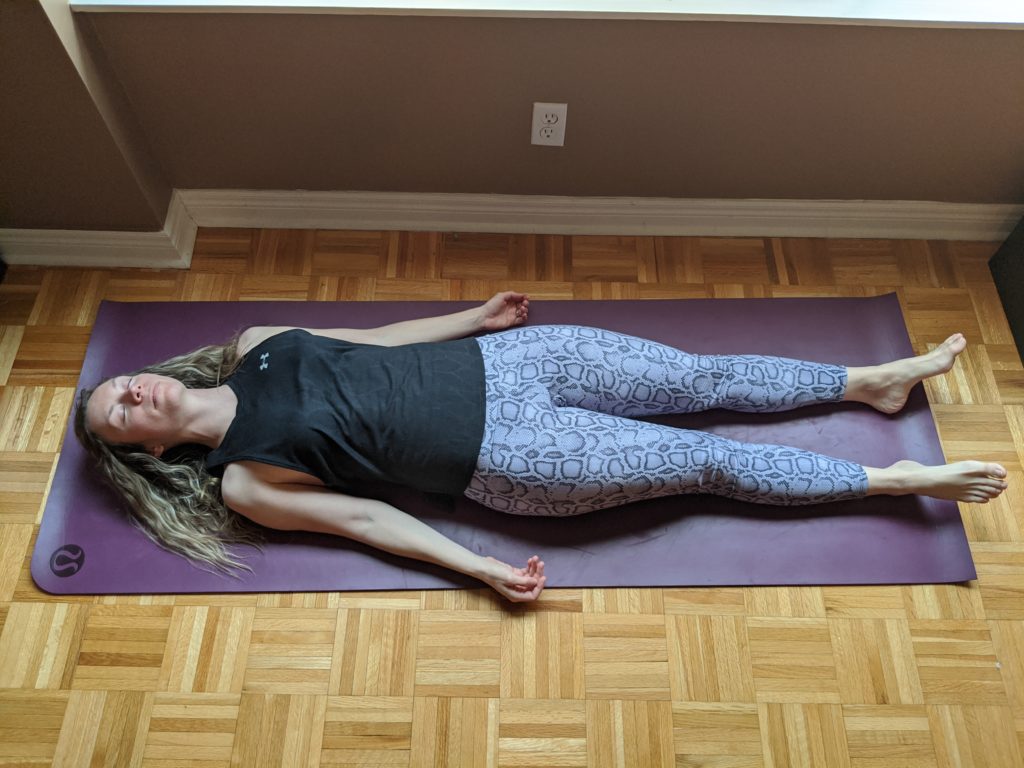As Physiotherapists, we often hear “headache” as a symptom reported by our patients at our Oakville Physio clinic (and now Ontario telehealth physio clinic).
The symptoms of headache may even be what has made a person seek out physiotherapy or Massage Therapy care.
Headaches are common and are experienced by many people worldwide. The World Health Organization (WHO) reports that 50-75% of adults aged 18 to 65 have experienced a headache in the past year. However, headaches can vary in location, cause, quality and severity.
Types of Headaches
Though we use the word “headache” to describe any type of pain around the head area, there are different types of headaches. Headaches can vary in location, symptoms and causes.
Being able to identify the type of headache that you have will help determine the best course of treatment.
Headaches are classified into primary and secondary headaches. Primary headaches are headaches which are due to a headache condition itself whereas secondary headaches are a result of another condition. Secondary headaches can be headaches associated with any number of other conditions such as trauma/injury to the head or neck, vascular disorders, substance use or withdrawal, facial pain, or psychiatric disorders.
Primary Headaches
Primary headaches are headaches which are due to a headache condition itself.
Tension Type Headache
This is the most common type of primary headache as it affects 30-78% of the general population. Tension type headaches can be episodic or chronic.
The cause is not fully understood but is thought to be genetic in cases of chronic tension type headaches. Pain is usually experienced on both sides of the head (back of the head/neck, forehead, or both) and feels like a pressure or tightness.
They range in severity from mild to moderate. These types of headaches are not worsened with physical activity and are not associated with nausea though they may be if they are chronic. Some patients experience a sensitivity to light or sound. Tension type headaches can sometimes be associated with tenderness to the touch of the muscles around the head and neck.
Stress or musculoskeletal conditions of the neck can trigger tension type headaches.

Migraine
Migraine headaches are chronic, episodic primary headaches meaning they are ongoing and flare up at different times.
They are the second most common type of primary headache as 12% of the general population will experience a migraine at some point. Onset of this type of headache is usually around puberty and is more common in women than men.
Migraines are thought to be a neurovascular condition. Throbbing-type pain is usually felt on one side of the head and is worse with physical activity. Pain is accompanied by nausea and sensitivity to light and sound. Symptoms can last anywhere from 4 to 72 hours and are moderate to severe.
Migraines may or may not be associated with an aura (migraines without aura are more common however). An aura is characterized as a change in the visual field and can happen right before or during a migraine. These changes may include loss of focus, dark spots or flashes of light but are not permanent.
Cluster Headache
Cluster headaches are the least common of the primary headache disorders affecting about 1-4% of the population however, they are the most severe. They can be either episodic or chronic. Episodic cluster headaches happen over a period (ex 1-3 months) followed by a period of remission whereas chronic cluster headaches are ongoing.
Cluster headaches are described as an excruciating sharp, pulsating, piercing, pressure and/or burning pain on one side of the head around the eye or temple. Other symptoms and sensations happen at the same time as well. To be diagnosed with cluster headaches, one of the following must also be present on the same side as the headache: nasal congestion or runny nose, forehead and facial sweating, facial flushing, eyelid swelling, excessive constriction of the pupil and eyelid drooping, and a sense of restlessness or agitation. These headaches last on average between 45 and 90 minutes.
Cervicogenic Headache
Cervicogenic headaches are secondary headaches. They occur secondary to pain in the neck region.
They occur in about 1-4% of people with headaches. They are characterized usually by one sided head pain with diffuse pain on the same side arm and shoulder. Usually, the muscles around the head and neck are tender to touch.
These headaches are often worsened with certain movements of the neck or in different postures.
As physiotherapists, we often see cervicogenic headaches in patients involved in car accidents, whiplash from sports or falls, or in patients who work at a desk for extended periods of time.

Below you can find a chart outlining a small summary of the above information as well how how Physio can help headaches.
| Type of Headache | Prevalence in General Population | Location of Pain | Type of Pain | Severity | Possible Associated Symptoms |
| Tension Type Headache | 30-78% | Both sides of head | Dull, steady ache, pressure, or tightness | Mild to moderate | -Nausea when chronic -Tenderness of muscles -Sensitivity to light or sound |
| Migraine | 12% | One side of head | Throbbing or pulsating | Moderate to severe | -Nausea -Sensitivity to light and sound -Worse with physical activity -Possible aura |
| Cluster Headache | 1-4% | One side of the head around eye or temple | Sharp, pulsating, burning, piercing | Severe | -Nasal congestion or runny nose -Facial sweating or flushing -Pupil constriction -Eyelid drooping -Restlessness or agitation |
| Cervicogenic Headache | One side of the head – base of the skull, forehead, temple | Non-throbbing, usually starts in neck | Moderate to severe | -Same side neck, arm, and shoulder pain -Tenderness of muscles |
Physiotherapy for Headaches
Depending on the type of headaches, some management strategies involve use of medication or cognitive behavioural therapy. Your family physician, pharmacist and for some people, neurologist will help manage any medication aspects of headaches.
Patients who experience tension-type headaches or cervicogenic headaches would also benefit from physiotherapy treatment.
After individualized physio assessments in person physio for certain headaches, may include:
- Soft tissue techniques for the muscles around the head / neck
- Mobilization techniques for the joints around the head / neck
- Relaxation and postural exercises (this could include restorative yoga positions or meditation techniques)
- Neck range of motion or movement exercises
- Strength exercises for the neck and shoulders
- Education of self-management techniques
After an individualized virtual physio assessment, online, or virtual physiotherapy for headaches may include:
- Soft tissue techniques using easy to find tools / objects around the house ( across balls etc)
- Relaxation and postural exercises (this could include restorative yoga positions or meditation techniques)
- Neck range of motion or movement exercises
- Strength exercises for the neck and shoulders
- Education of self-management techniques

It can happen that a person books in for physiotherapy to help address their headaches, and it they’re not experiencing one, forget the specifics to pass along to their Physiotherapist.
If you are having a hard time remembering what your headaches felt like, it can be helpful to keep a headache diary to jot down:
- location
- duration
- triggers
- description of pain
- frequency of the headache
This will aid in the diagnosis of the headaches as well as treatment. For example, in the case of migraine headaches, It may help identify patterns or triggers which will allow you to help minimize or avoid specific aggravating factors in the future.
To book in for physiotherapy assessment and treatment, virtually from your home location anywhere in Ontario, or in-person in our North Oakville clinic contact us.

